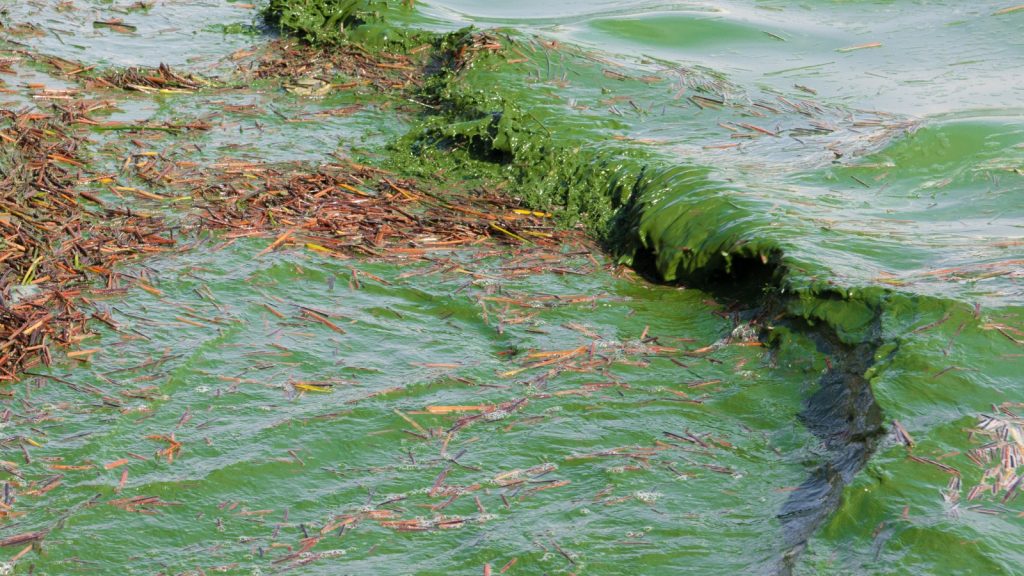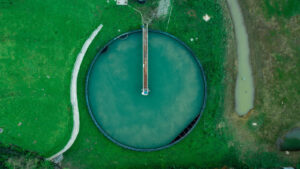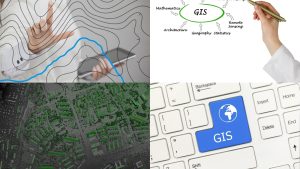If a country needs to maintain a full-scale water supply without interruptions, its waterways have to be thorough with that capacity. What if the water streams are not up to the expected quality while the authorities are busy with the water treatment plant chores? That is why we emphasise the importance of having the right balance between the two main parts of the water supply: the waterways and the treatment process. Indeed, algae is an unpreventable element in waterways. But did you know that these algae have two versions? One is harmless, and the other is highly toxic. This is why you need to keep your waterways out of danger from harmful algae blooms.
In this article, we look into the key tech-driven solutions to prevent these harmful algae blooms without interrupting Australia’s water supply.
We will explore
- What is Harmful Algae?
- Australia’s Algae Bloom History
- Top Tech-Driven Solutions for Harmful Algae Blooms
- Predictive Analytics Platforms
- Aquatic Drones and CCTV
- Remote Sensing Technologies
- Nutrient Removal Technologies
4. Keeping in Touch with Innovative Solutions to Prevent Harmful Algae Blooms
What is Harmful Algae?

- Harmful algae blooms are also known as HABs in short. These are rapid overgrowths of algae in water bodies that are fueled by excessive nutrient inputs such as nitrogen and phosphorus.
- These blooms can include toxic species that pose significant risks to aquatic ecosystems, human health, and economies reliant on affected water resources.
- The toxins produced by certain algae species can contaminate drinking water supplies, harm aquatic organisms, and cause health issues in humans and animals upon ingestion or contact.
- The worst part is not that! Neglecting to detect toxic algae in aquatic environments can result in several issues, such as lowered water quality, mortality of fish, reduction of biodiversity, and adverse effects on sectors such as tourism and fishing.
- If you fly back to history, Australian water authorities have been utilising some manual methods to remove algae, including physical removal by hand or with nets, aeration to increase oxygen levels, and chemical treatments like copper sulphate application to control algal growth. However, as they found these were not offering the expected outcome, they started moving towards some advanced and innovative solutions.
Australia’s Algae Bloom History

- In this section, let us walk you through the algae bloom records of Australia.
- The world’s first known cyanobacterial bloom actually took place in Australia; it happened in Lake Alexandrina in South Australia in 1878.
- But it is likely that Australia has a much longer history of blooms. The local Aboriginal people were aware the lake could be toxic even before 1878 due to these blooms.
- Since then, Australia has been seeing regular episodes of cyanobacterial outbreaks.
- The most talked-about bloom occurred in late 1991, when the blooms tinted 1000km of the Darling-Barwon river system pea green, as per the reports.
- This outbreak caused the deaths of 1600 sheep, and that was when the industrial experts started conducting research into cyanobacterial blooms in order to find solutions.
- Two years in a row, around eighteen years later, the Murray River had equally large blooms.
- So, as you can see, harmful algae is not a new topic for the Australian authorities.
Top Tech-Driven Solutions for Harmful Algae Blooms

Predictive Analytics Platforms
What can this do for the prevention process? You may be aware that Predictive Analytics utilises historical data, real-time monitoring, and advanced algorithms to forecast the occurrence and severity of HABs.
When the other systems that are integrated into the major software are powered by Predictive Analytics, they can analyse factors such as water temperature, nutrient levels, weather patterns, and past bloom occurrences, keeping a watchful eye on future events.
That is how these platforms can generate accurate predictions and early warnings, allowing authorities to implement proactive measures. This helps you with targeted interventions such as nutrient reduction strategies, algae mitigation techniques, and water treatment adjustments to prevent or minimise the impact of HABs.
On the other hand, the latter empowers decision-makers to allocate resources more efficiently and effectively for the journey of algae prevention.
As you can see, these platforms offer timely insights and actionable information to enhance the ability to manage and mitigate the risks associated with HABs. In one way, it helps safeguard water quality, and in another way, it protects the general public.
Aquatic Drones and CCTV
In this section, we are focusing on the synergy of two modern tools. Aquatic drones equipped with cameras and sensors, along with CCTV (Closed-Circuit Television) systems, serve as excellent technological solutions for preventing HABs. With the use of these devices, it is possible to keep a close eye on water bodies and detect and track algal blooms early on.
If we take aquatic drones, for instance, they can collect water samples for analysis, identify algae species, and assess environmental conditions contributing to bloom formation. On the other hand, CCTV systems provide continuous monitoring of specific areas prone to HAB development. The best thing about these two technologies is that you are fully covered with real-time data on various aspects of the water streams.
When integrated with advanced analytics and machine learning algorithms, these can enhance the capabilities of these technologies, which allow for predictive modelling and timely interventions.
Aquatic drones and CCTV systems have taken centre spot in the initiatives to reduce the effect of HABs, safeguarding aquatic ecosystems, as this synergy promises the safety of water resources.
Remote Sensing Technologies
The responsible authorities have to literally keep an eye on each area of the waterways 24/7. But some of these areas are hard to visit physically. This is where the remote sensors enter the scenario!
Remote sensing technologies are particularly utilising satellites equipped with sensors. They offer an excellent technological solution for preventing HABs in Australian water streams.
Did you know that these satellites can monitor vast expanses of water bodies from space? Yes, detecting changes in water colour and composition indicative of algae blooms is the main objective of these tools. Remote sensing provides early HAB identification and movement monitoring by gathering data on a variety of parameters, including turbidity, temperature, and chlorophyll content.
Satellite imagery’s high geographic resolution and frequent revisit periods improve bloom detection’s timeliness and accuracy, allowing for quicker corrective measures. Then what happens is that the authorities can go for the creation of predictive models for HAB event forecasting. This is specifically made possible by integration with sophisticated algorithms and data analytics.
Nutrient Removal Technologies
In the above sections, all we talked about was the prevention of algae in the initial stage. Now let us explain how the removal part is done in the secondary stage using cutting-edge technology. Nutrient removal technology is the key player in this process. This offers an excellent technological solution for preventing HABs by effectively reducing the excessive nutrient inputs that fuel algal growth.
These technologies employ various methods, such as biological treatment, chemical precipitation, and filtration, to remove phosphorus, nitrogen, and other nutrients from water bodies. These methods target nutrient enrichment, which is the primary cause of HABs, and so interact with the circumstances that encourage algal development.
An important way to reduce nutrient runoff from urban and agricultural sources and restrict the amount of nutrients available for algal bloom is made possible with the latter. But how? This can install nutrient removal systems at strategic locations within the watershed or within water treatment facilities.
Keeping in Touch with Innovative Solutions to Prevent Harmful Algae Blooms

If you need to prevent anything that restricts the water supply to your plant, you have to consider the newest technology as your work companion. Sometimes your power is limited when you do these tasks manually. But when you are powered by innovative solutions, your capacity can be extended!







